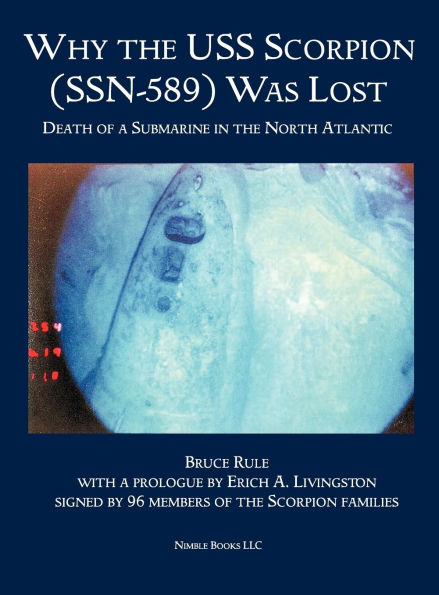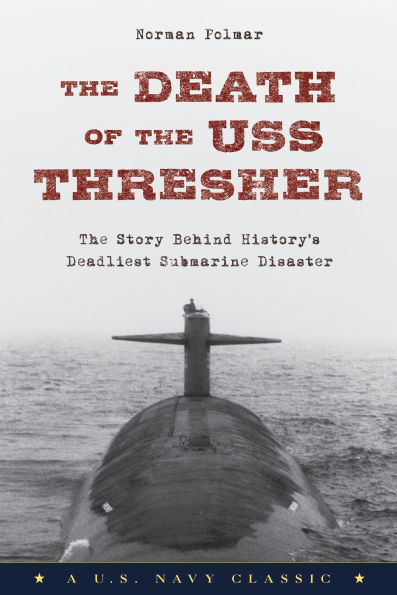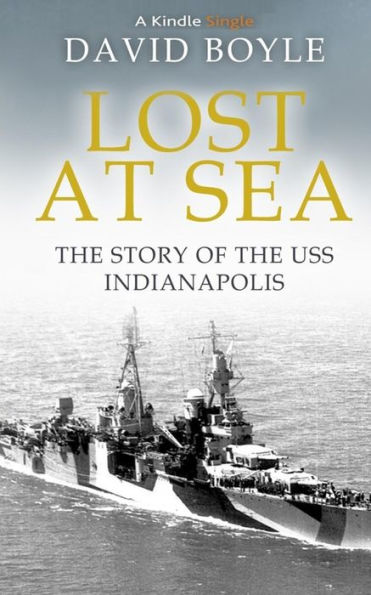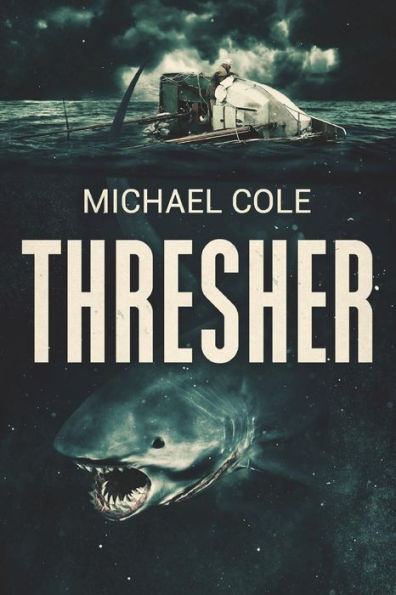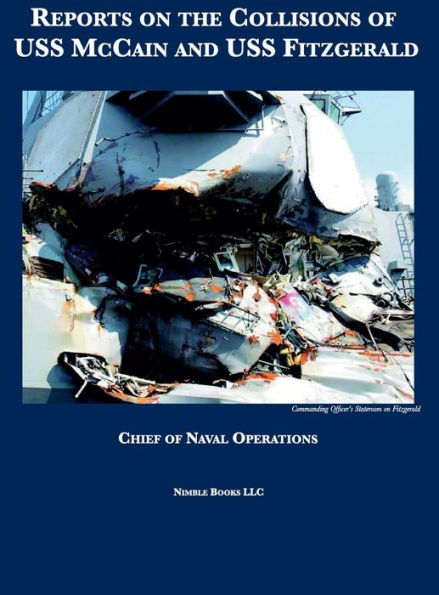Home
Why the USS Thresher (SSN 593) Was Lost
Barnes and Noble
Loading Inventory...
Why the USS Thresher (SSN 593) Was Lost in Franklin, TN
Current price: $25.99
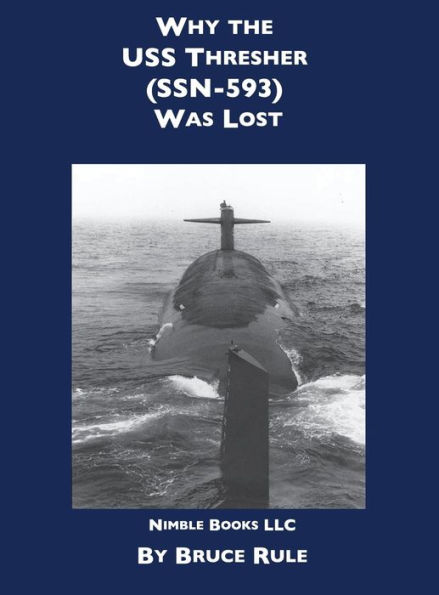
Barnes and Noble
Why the USS Thresher (SSN 593) Was Lost in Franklin, TN
Current price: $25.99
Loading Inventory...
Size: OS
The US nuclear submarine THRESHER (SSN-593) was lost because standard compensation procedures to adjust for hull compression during the deep-dive on 10 April 1963 were not followed. Consequently, THRESHER was heavy (negatively buoyant) at test-depth (1300 feet) and unable to deballast because adiabatic cooling froze moisture in the air-lines to the ballast tanks, blocking those lines.
Operation of the Reactor (Main) Coolant Pumps in FAST (2-pole mode) may have contributed to a reactor scram (shut-down) and loss of propulsion at 0909.0R (local time). THRESHER sank at an average rate of 120ft/min from test-depth (1300-feet) at 0909.0R to collapse at 09:18:24R at a depth of 2400-feet (1070 psi) in 1/20th of a second, too fast to be cognitively recognized by those aboard who - although they knew collapse was imminent - never knew it was occurring.
The Navy Court of Inquiry (COl) dismissed the results of their own test which established conclusively that flooding at test-depth - the COI's assessed cause of the disaster - would have been a catastrophic event and would not have been reported by THRESHER to her escort ship, the USS SKYLARK (ASR 20), at 0913R as "experiencing minor difficulties." Multiple lines of evidence - discussed in detail by Chapter 1 of this assessment - confirm there was no flooding prior to collapse of the pressure-hull at great depth.
Operation of the Reactor (Main) Coolant Pumps in FAST (2-pole mode) may have contributed to a reactor scram (shut-down) and loss of propulsion at 0909.0R (local time). THRESHER sank at an average rate of 120ft/min from test-depth (1300-feet) at 0909.0R to collapse at 09:18:24R at a depth of 2400-feet (1070 psi) in 1/20th of a second, too fast to be cognitively recognized by those aboard who - although they knew collapse was imminent - never knew it was occurring.
The Navy Court of Inquiry (COl) dismissed the results of their own test which established conclusively that flooding at test-depth - the COI's assessed cause of the disaster - would have been a catastrophic event and would not have been reported by THRESHER to her escort ship, the USS SKYLARK (ASR 20), at 0913R as "experiencing minor difficulties." Multiple lines of evidence - discussed in detail by Chapter 1 of this assessment - confirm there was no flooding prior to collapse of the pressure-hull at great depth.
The US nuclear submarine THRESHER (SSN-593) was lost because standard compensation procedures to adjust for hull compression during the deep-dive on 10 April 1963 were not followed. Consequently, THRESHER was heavy (negatively buoyant) at test-depth (1300 feet) and unable to deballast because adiabatic cooling froze moisture in the air-lines to the ballast tanks, blocking those lines.
Operation of the Reactor (Main) Coolant Pumps in FAST (2-pole mode) may have contributed to a reactor scram (shut-down) and loss of propulsion at 0909.0R (local time). THRESHER sank at an average rate of 120ft/min from test-depth (1300-feet) at 0909.0R to collapse at 09:18:24R at a depth of 2400-feet (1070 psi) in 1/20th of a second, too fast to be cognitively recognized by those aboard who - although they knew collapse was imminent - never knew it was occurring.
The Navy Court of Inquiry (COl) dismissed the results of their own test which established conclusively that flooding at test-depth - the COI's assessed cause of the disaster - would have been a catastrophic event and would not have been reported by THRESHER to her escort ship, the USS SKYLARK (ASR 20), at 0913R as "experiencing minor difficulties." Multiple lines of evidence - discussed in detail by Chapter 1 of this assessment - confirm there was no flooding prior to collapse of the pressure-hull at great depth.
Operation of the Reactor (Main) Coolant Pumps in FAST (2-pole mode) may have contributed to a reactor scram (shut-down) and loss of propulsion at 0909.0R (local time). THRESHER sank at an average rate of 120ft/min from test-depth (1300-feet) at 0909.0R to collapse at 09:18:24R at a depth of 2400-feet (1070 psi) in 1/20th of a second, too fast to be cognitively recognized by those aboard who - although they knew collapse was imminent - never knew it was occurring.
The Navy Court of Inquiry (COl) dismissed the results of their own test which established conclusively that flooding at test-depth - the COI's assessed cause of the disaster - would have been a catastrophic event and would not have been reported by THRESHER to her escort ship, the USS SKYLARK (ASR 20), at 0913R as "experiencing minor difficulties." Multiple lines of evidence - discussed in detail by Chapter 1 of this assessment - confirm there was no flooding prior to collapse of the pressure-hull at great depth.
![Violet ["Lost Soul" Vinyl] [Barnes & Noble Exclusive]](https://prodimage.images-bn.com/pimages/0888072667235_p0_v1_s600x595.jpg)
